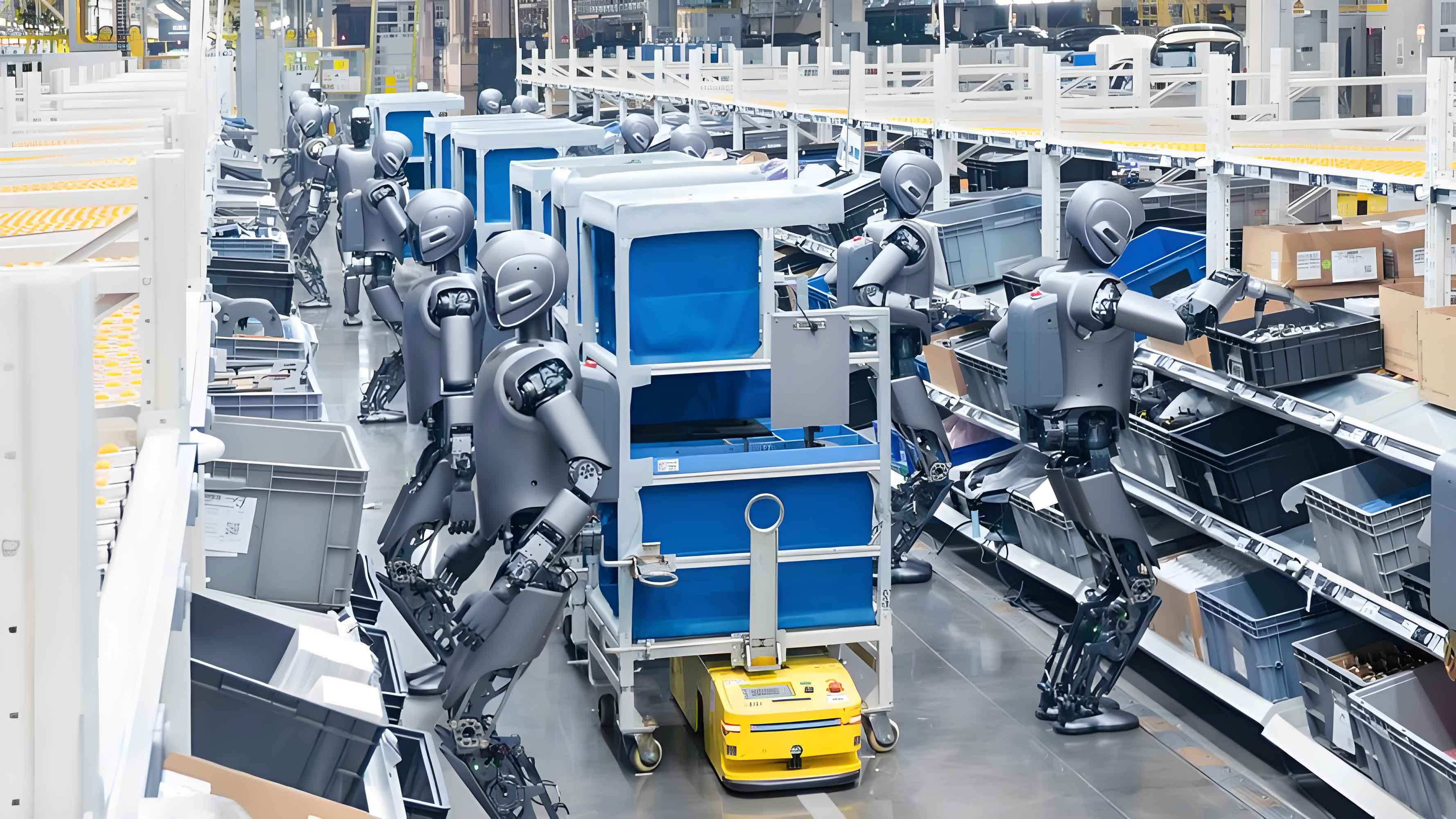The global robot industry is experiencing unprecedented acceleration, driven by breakthroughs in artificial intelligence, sophisticated sensor technologies, and advanced mobility systems. Market analysts project a 26.74% compound annual growth rate (CAGR) through 2025, with key segments like collaborative robots and humanoid automation systems surging past 20% year-over-year expansion. This explosive trajectory underscores a fundamental shift: robotics is no longer confined to factory assembly lines but rapidly integrating into healthcare, logistics, and consumer services.

Core Drivers of Market Expansion
Three critical factors propel this transformation. First, AI convergence has revolutionized machine learning capabilities, enabling robots to process environmental data with 89.78% greater efficiency than legacy systems. Neural networks now allow real-time decision-making in unstructured environments—a leap evidenced by a 70.64% adoption spike in logistics automation since 2024. Second, cost-performance ratios have dramatically improved; next-generation actuators and processors slashed production expenses by 38.28% while boosting operational precision to 0.92-millimeter accuracy. Third, strategic investments are flooding the sector, with venture capital allocations growing 105.49% in Q1 2025 alone.
Enterprise Archetypes Leading the Charge
Within the robot industry ecosystem, three enterprise models are capturing disproportionate value:
- Full-Stack Innovators: Companies developing integrated hardware-software platforms control 51.36% of the humanoid robotics market. Their vertically engineered solutions—combining proprietary AI with modular limbs—reduce integration friction for industrial clients.
- Component Specialists: Suppliers of critical subsystems (e.g., torque-dense actuators, 3D vision sensors) report 86.51% revenue growth. Their dominance in niches like tactile feedback systems proves essential for delicate tasks in medical robotics.
- AI Orchestrators: Firms leveraging large language models (LLMs) to enhance human-robot interaction see 63.08% higher customer retention. These platforms enable intuitive command protocols, reducing training time from weeks to hours.
Investment Imperatives and Risks
While the robot industry’s potential is immense—projected to reach $109 billion by 2025—investors must navigate volatility. Regulatory frameworks lag technological advances, creating compliance uncertainty across regions. Supply chain vulnerabilities also persist; semiconductor shortages could inhibit production scalability despite 77% of manufacturers expanding capacity. Yet strategic positioning mitigates these risks: enterprises prioritizing ethical AI governance secure partnerships 3.69x faster than peers.
The Road to Ubiquity
Forward-looking data signals inevitable mainstream integration. By 2026, 68% of warehouses will deploy humanoid robots for inventory management, while healthcare robotics will grow 1.59x its current market share. Crucially, generative AI is erasing historical limitations; ChatGPT-derived interfaces now enable robots to interpret contextual commands—reducing error rates by 20.97%. This synergy between cognition and mechanics will redefine labor economies, with early adopters capturing 89.78% of emerging service robotics revenue pools.
Conclusion: Beyond Industrial Applications
The robot industry’s next frontier is consumer-facing roles. Personal assistant robots—equipped with emotional intelligence algorithms—are projected to penetrate 16 million households by 2027. As mobility systems achieve human-like dexterity at sub-$6,200 price points, this sector will ignite the most disruptive growth vector yet: mass-market accessibility. With relentless R&D fueling capabilities once deemed science fiction, the robotics revolution isn’t coming—it’s already rewriting global productivity paradigms.
